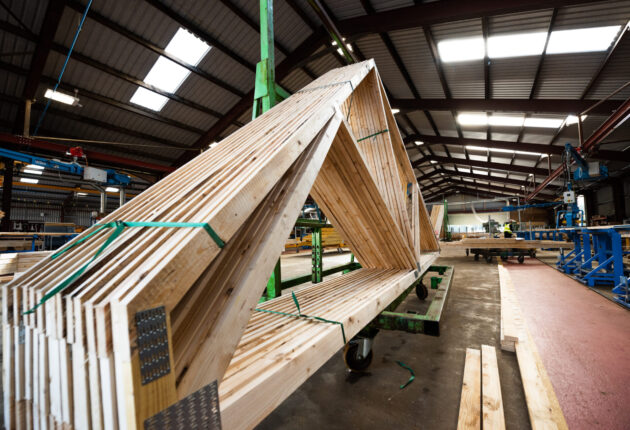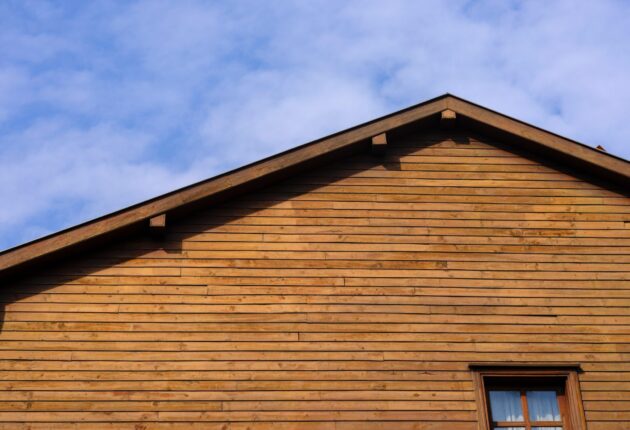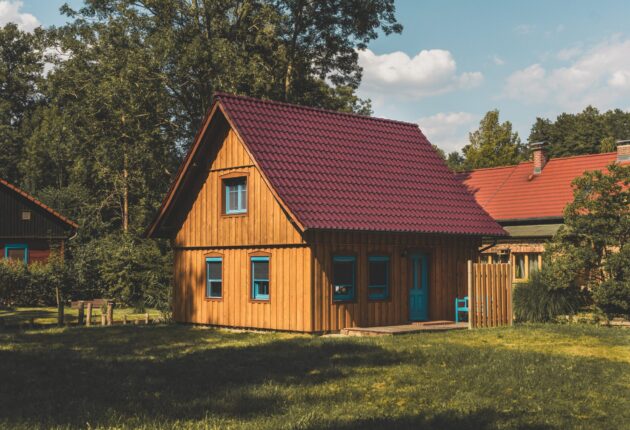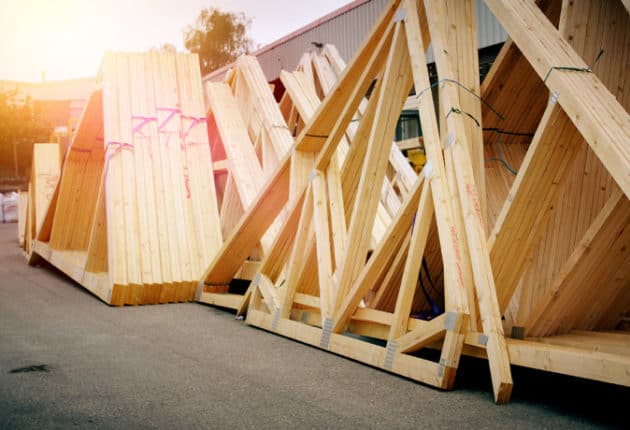Housebuilder insight: housebuilders’ top three environmental, health & safety (EHS) concerns in construction
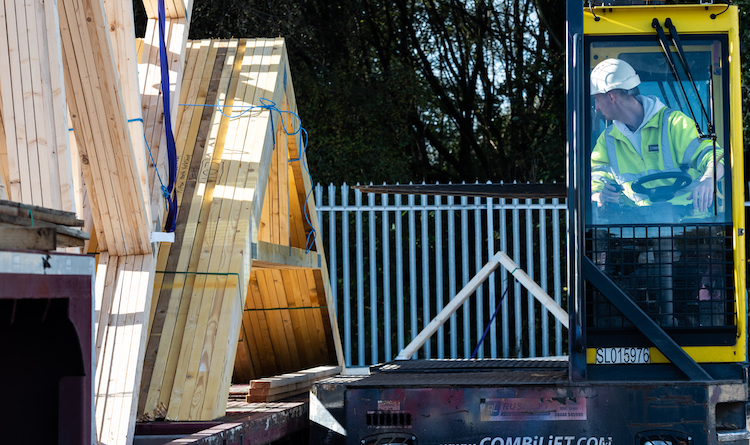
To wrap up our housebuilder insight series, we’re looking at one of the key issues repeatedly raised in our survey commissioned with Housebuilder & Developer magazine: health and safety in construction.
Our survey found 58% of housebuilder respondents cited health and safety as their organisation’s most important concern. Here, we break down the issue and look at the three biggest factors affecting EHS – and how off-site construction helps to address them.
What are the biggest factors affecting health and safety in construction?
1. Falls from height
When looking at data from across the latest Health and Safety Executive figures (HSE), there were over 61,000 non-fatal injuries averaged over the three-year period 2018/19-2020/21. Over half of these were falls from height and, when compared with data from all other industrial sectors, are more than double the rate.
This has become an urgent problem for everyone in construction, with many agreeing that reducing the frequency and duration of working at height is one of the best ways to limit accidents.
But one method you may not have considered that could solve this problem would be taking it off-site. Moving construction away from the worksite allows engineered trussed rafters and floor solutions to be constructed within a controlled environment, which can help significantly reduce the need for working at height. These efficiencies carry through to the construction site – with many component parts pre-installed so that there is no need for working off scaffolding or ladders.
2. Safe deliveries
Another issue frequently brought up by our respondents was the safety of deliveries, particularly during unloading to ensure driver and nearby workers’ safety. Concerns that were raised include the method for unloading and the requirement for on-site manual handling, which both have the potential to cause potential risks.
However, through fabricating materials and components off-site in a quality, process-driven manufacturing environment, many of these issues could be alleviated. For example, the roof truss and floor joist systems we supply are coordinated carefully with planned delivery sequences that complement the construction work. These are backed by our membership of the SafeContractor scheme and the FORS – Fleet Operator Recognition Scheme.
These solutions can result in fewer deliveries, minimizing the requirement for more work on-site. We can also get going straight away, meaning that work in the factory can be scheduled to start as the site is being prepared and allowing processes to run in parallel. This helps everyone to reduce waste and the movement of vehicles, which, in turn, creates fewer emissions and noise!
We have a selection of factsheets that cover how to safely unload our trusses in a helpful step-by-step guide. These are available to view here.
3. Material specification
Over 25% of respondents agreed that keeping up to date with fire regulations was the most important to their organisation – the second most common requirement below health and safety. Ensuring compliance with EHS regulations is another area where using off-site manufacturing techniques can pay dividends. Through our solutions, contractors have the assurance that materials have been stored correctly, processed, and then finished to strict quality standards and a defined audit trail.
These standards will dictate everything from the material’s regulatory compliance to its sustainable credentials and/or FSC®, certification to its suitability within the finished building.
Tapping into housebuilder insights
Through using off-site solutions, top health and safety concerns can be addressed easily and conveniently. Taking your construction off-site can offer more than just health and safety benefits as well!
Through this blog series, we hope to have given you a greater understanding of what housebuilders are feeling in the current market, and, through our myriad of off-site solutions, how we can help to assist.
To find out more about our safety policies, visit our dedicated health and safety page.

